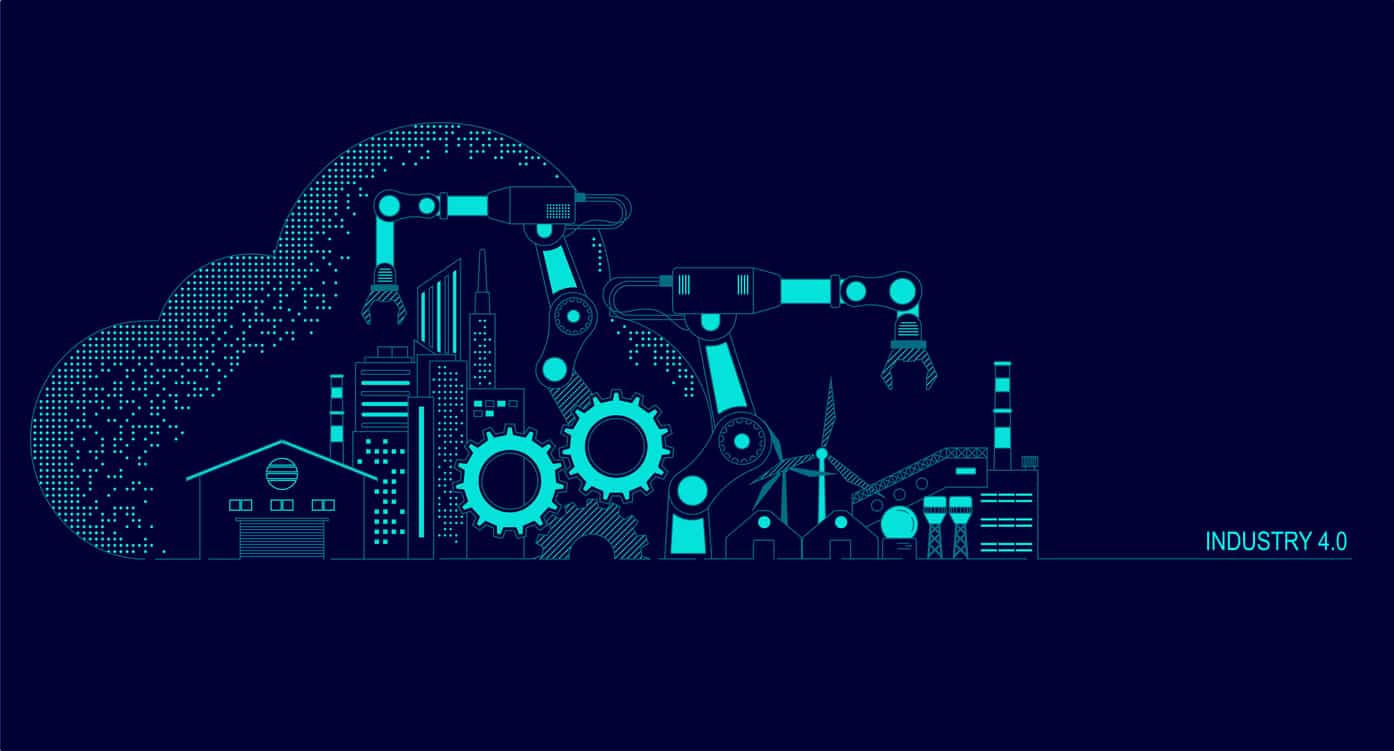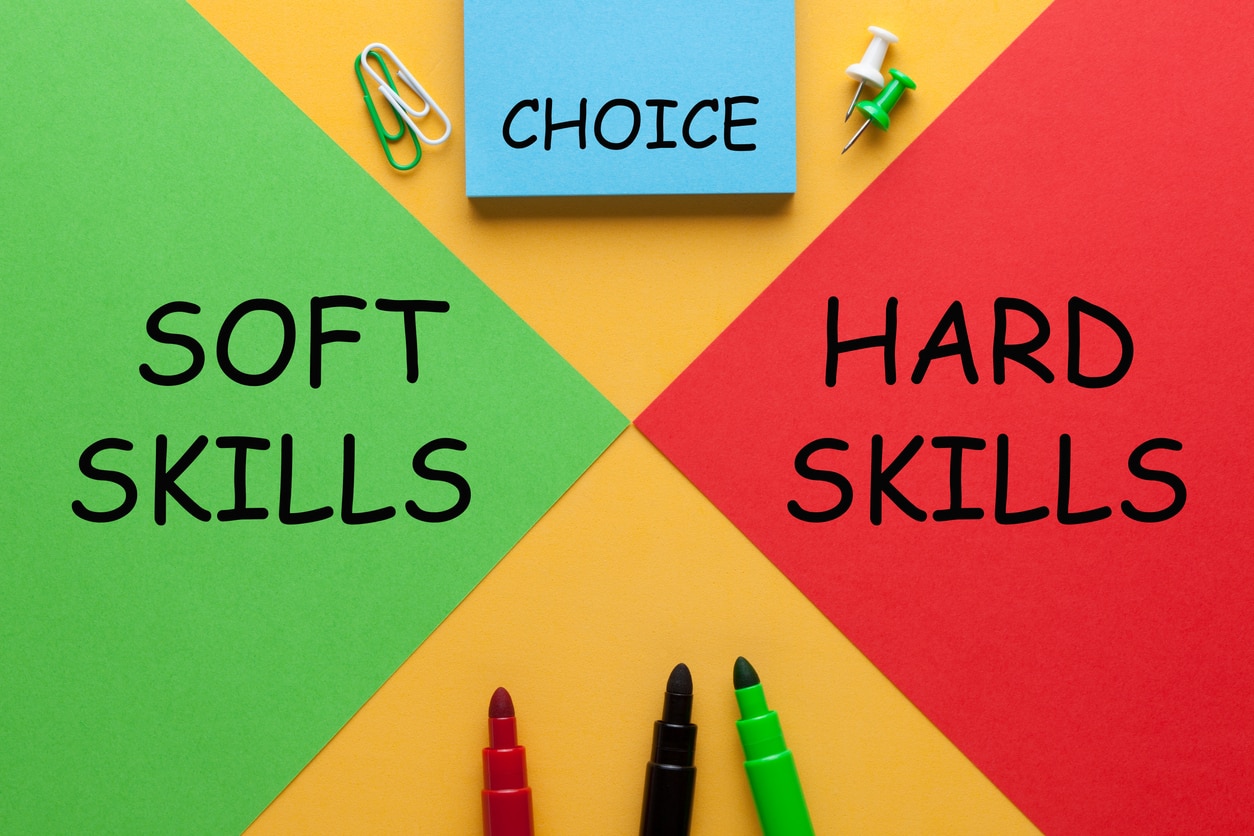In an incredibly dynamic world with its fair share of uncertainty, the development of products (smart products) that can thrive and cater to the needs of its consumers has become paramount. Successful navigation of shifts and leaps in the market and consumer needs and preferences hold the key to the effective supply of that demand. New approaches to the manufacturing process are needed to revitalize the manufacturing process, right from the selection of materials, suppliers, digital infrastructure to a plan of action for distribution and product launch.
This is where design thinking comes into the picture. Design thinking has increasingly become of importance in manufacturing as the industries today work in an environment where software products and physical hardware are being integrated into tighter models of functioning and behaving smoothly as one unit. The Internet of Things has accelerated industrial changes that require fresher approaches to tackle nascent problems that emerge with them. Design thinking can revitalize the manufacturing process and pave the way for a connection between customer needs and manufacturing gaps.
Informed manufacturing
Informed manufacturing uses the design thinking principle of collaboration, where information is shared extensively with the teams and people involved in the manufacturing process, from stakeholders to designers. An informed manufacturing strategy banks on rethinking the systems in place through practical discussion and collaboration to adopt strategies that can transform the value and supply chain. Teamwork is critical for any industrial or organizational process as more and more companies adopt design thinking approaches to problem-solving.
Consumer feedback can play an important in the manufacturing process to understanding product needs and user behavior. Data collected from devices can be analyzed and distilled to improve and enhance products to deliver more meaningful solutions and experiences. Collaboration and feedback in the teams and from the users can catapult manufacturing to informed manufacturing, where the manufacturer knows if some features are redundant, how the product is being used by users, and thereby, make informed decisions.
Convergence and meaning making
The ability to systematically combine key technologies with insights can change the manufacturing game as the acceleration of digital challenges shape the manufacturing landscape. Design thinking can help companies achieve harmony between their hardware and software components, enhancing the end-user experience. Technology-centric companies need to transition towards user-centricity, which is essential to thriving in today’s competition where a wide range of choices is available for consumers. Separate units working on separate segments of one product can result in an assembled product that can feel fragmented. Open dialogue between teams and the application of user-centric approaches hold the key to tackling the problem of imbalance and chunky manufacturing.
The architecture today makes use of sensory-enabled devices operating in advanced hardware systems. Cloud processes and artificial intelligence, for example, are incorporated into vehicles and robots, among others. The product design process is complex, demanding creative solutions to building new technologies and features. Design thinking can help navigate ambiguity and wicked problems with its divergent approach. Design thinking places a strong emphasis on ideation in its initial stages, where the immediate solution is re-interpreted and re-contextualized. Processes cannot be locked up into defined boxes but have rather become about figuring out how incorporating them may work for the product and the user. The bet is not only on functionality anymore but also on user experience, user design, and user needs to prioritize features and product goals for the consumer. Almost 80% of companies that focus on user experience outperform non-user-centric competitors and report an increase in revenues. Our highly personalized and customized age needs to cater to every individual, and a one-size-fits-all approach may have no space today. Manufacturing needs to prototype user-centered solutions in which the user occupies the centre stage with the product solutions ad features are scaled to cater to their needs at every step.
According to a Gartner study, 89% of companies globally are competing on the basis of customer experience. Design thinking induces a deep human-centric understanding to deliver delightful client experiences through the quick iteration of ideas. Great Learning offers Design Thinking: From Insights to Viability that will help you learn how to transform businesses and products through Design Thinking.
Innovation cycles
The insatiable need for technological advancements demands strategies that can fetch solutions faster and speed up the traditional cycle of innovating products. Dynamic groups of the target audience, demands, and supplies create complex problems that need to be simplified and looked at from different angles holistically. Design thinking enables teams to fail faster in their initial processes and deliver solutions that hit the nail. Structuring, visualizing, and sharing complex information within the manufacturing chain minimizes the risk of failing in the advanced stages, thus lowering risk and providing speed and agility to the whole manufacturing process without compromising on quality at the same time. The blend of the right talent, expertise, and diversity can really take the ideation process to the next level.
Together the team will navigate through ambiguous situations while also having a loose sense of direction. They may even overcome the crisis of engagement as employees feel more included and heard. Speed and momentum boost the energy and motivation of employees once they get over the ideation process and begin work with a set frame in mind. Going in the right direction yet going fast sets up momentum for the team, which boosts creativity, saves costs, and also adds quality to that speed. Informed decisions lead to faster innovation and manufacturing cycles with set frameworks and a lucid plan of action.








